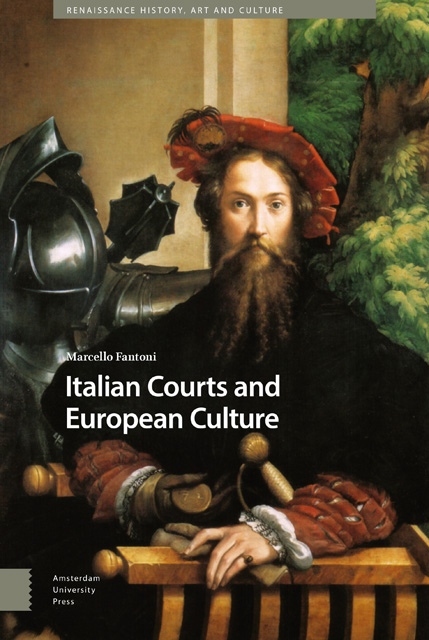10 - The Forma del Vivere
Published online by Cambridge University Press: 10 January 2023
Summary
Every piece in the mosaic is part of the overall forma del vivere (‘way of life’). Dance and equestrianism, clothes and table manners, conversation, and everything that comes under the heading of ‘politesse’ and ‘civility’ belongs to the same general phenomenology. Leaving more general considerations for later, here we shall deal only with the practices and the rich, varied literature that deals with the specific forms of this subject. We have countless manuals, treatises, and instructions which the whole of Europe drew on, and on which it achieved its institutio, in the irreversible process of civilization through the adoption of practices of self-refinement and the creation of common ground for civilized coexistence. But that is not enough. Missing are the texts on the architectural orders, the descriptions of galleries, the numismatic catalogs and texts on poetics, the dictionaries, emblem books, and collections of imprese. Everything, in short, that contributes to defining the material dimension, the forms of performance, decorum, the suitability of spaces, as well as consumption and customs. It was mainly in sixteenthcentury Italy – a land of conquest for foreign powers – that this literature was produced and that set out a style of life that was admired and copied everywhere. The poet Girolamo Baruffaldi was still boasting of this primacy in 1745, writing that the ‘Italians have usually served those, who beyond the mountains have worked for their nations, adopting these good rules that were born and developed in Italy.’ The ‘cultural models that spread throughout Europe and imposed the “best form” of the Italians’ were ‘developed just at the moment of maximum crisis in the system of the peninsula's regional states.’ The historiography that, in these circumstances, saw the beginning of the ‘dominion of the great foreign powers’ is the same as that which has been silent on this fundamental aspect.
The years that passed between the edition of the Cortegiano (1528) and the Civil conversazione (1574) were ‘a frenetic phase of production that in the space of one hundred years helped modify European culture.’
- Type
- Chapter
- Information
- Italian Courts and European Culture , pp. 223 - 256Publisher: Amsterdam University PressPrint publication year: 2022

